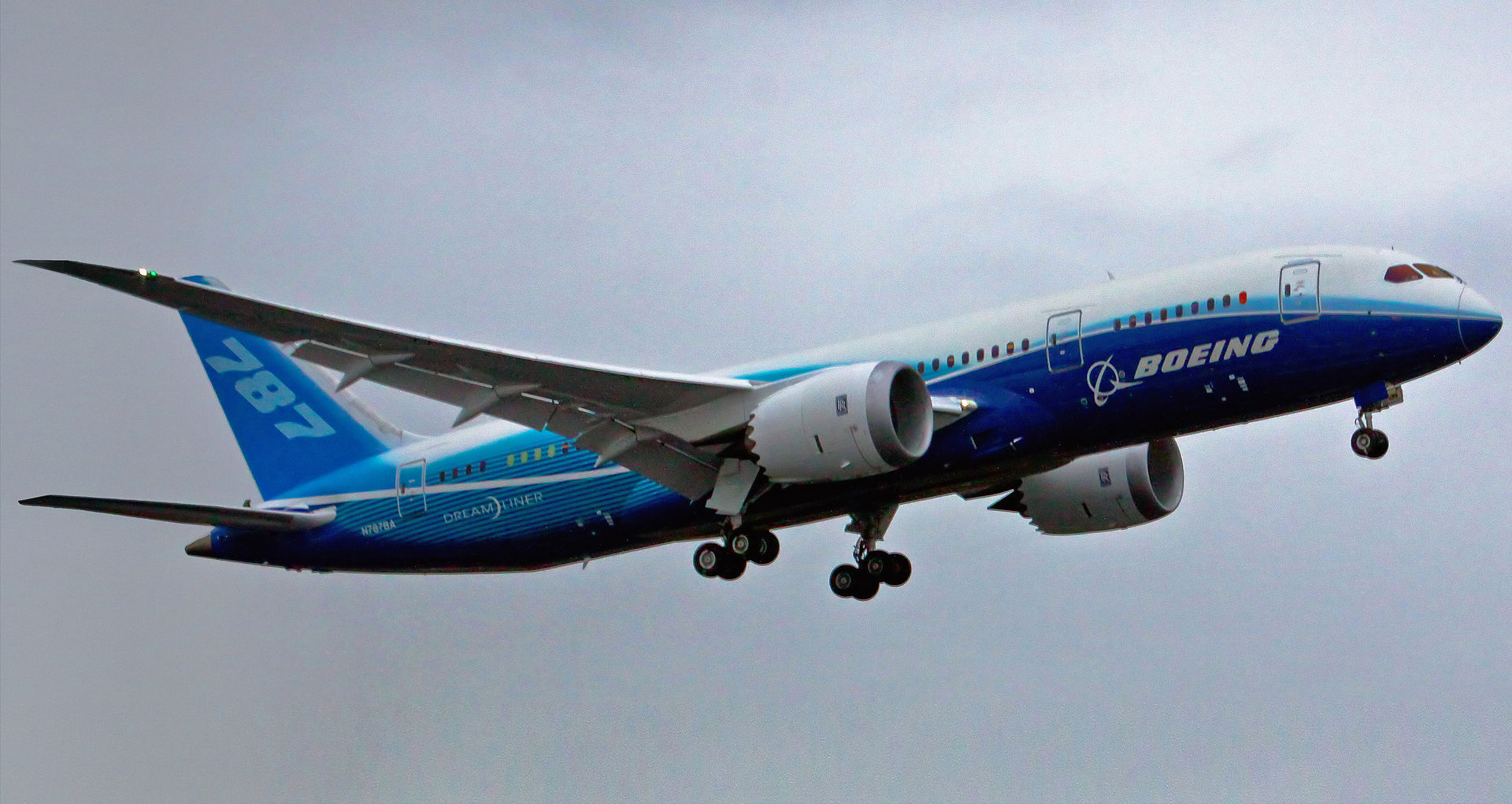We found an unusual method of leveraging 3D printing technology to simplify the process of manufacturing: Through RFPs.
What’s an “RFP”? It’s a formal document known as a “Request For Proposal”. They are issued by large companies to their suppliers in hopes of obtaining proposals for producing something. Often such documents can be extremely detailed and complex, as price quotes must account for every single requirement. If features are not specified in the RFP, they won’t appear in the product delivered by the supplier. It’s a way for buyer and supplier to formally agree on what is being done for a specific price.
In big industry it is common to see RFPs with page counts in the thousands, as all kinds of small details must be specified. Creating, issuing and responding to such monstrous documents takes teams of people on both buyer and supplier sides months or even years to complete. It’s a ton of work.
However, we heard a story where use of 3D printing technology significantly simplified the RFP process. Prior to the widespread use of 3D printing technology, buyers had to specify details about each required component in the final solution. In many cases these components were manufactured with different materials or processes, requiring unique descriptions and specifications.
But when 3D printing technology is used to produce such components, the specifications become simpler, since many components emerge from a small number of 3D printer models.
You might wonder how much more efficient this could be. In our story, a large aviation company was able to reduce the size of an RFP from 8,500 pages to only 150 pages by driving hard on use of 3D printing for components. That’s a reduction of over 50 times! That translates into significantly reduced buyer and supplier time as well as conducting the entire transaction much more rapidly.
Clearly, manufacturers should make use 3D printing a lot more.
Image Credit: Wikipedia


